Home>Garden Essentials>What Kind Of Interior Greenery Is In Style
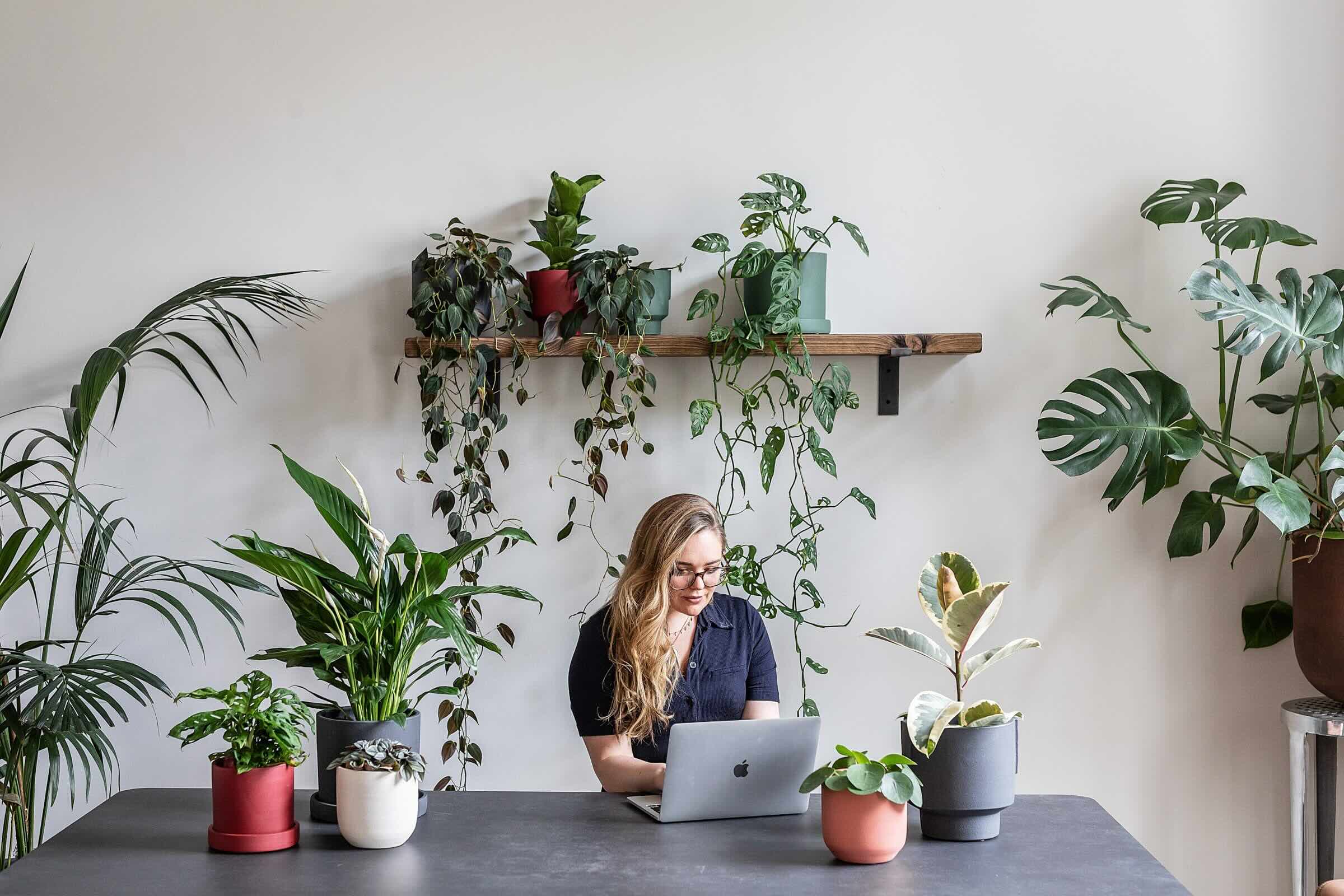

Garden Essentials
What Kind Of Interior Greenery Is In Style
Modified: March 7, 2024
Discover the latest trends in interior greenery and find out which types of garden plants are in style. Transform your living space with the beauty of indoor gardens.
(Many of the links in this article redirect to a specific reviewed product. Your purchase of these products through affiliate links helps to generate commission for Storables.com, at no extra cost. Learn more)
Introduction
Welcome to the world of interior greenery, where plants become the ultimate design element. Whether you are an avid gardener or just looking to add a touch of nature to your space, incorporating interior greenery is a popular and stylish choice. Not only does it bring a breath of fresh air into your home, but it also offers numerous benefits for your well-being. In this article, we will explore the different types of interior greenery that are currently in style, as well as the factors to consider when choosing the perfect greenery for your space.
There is no denying the positive impact that plants can have on our mental and physical health. Research has shown that indoor greenery can help reduce stress, improve air quality, increase productivity, and boost our overall mood. With these benefits in mind, it’s no wonder that the demand for interior greenery has skyrocketed in recent years.
When it comes to choosing the right type of interior greenery, there are numerous options to consider. You can opt for traditional potted plants, vertical gardens, terrariums, hanging plants, succulents, or even indoor trees. Each option offers its own unique charm and adds a touch of nature to your space.
Potted plants are perhaps the most common choice when it comes to interior greenery. They come in a variety of sizes, shapes, and colors, making it easy to find the perfect plant to complement your decor. From vibrant flowers to lush foliage, potted plants can instantly elevate the aesthetic of any room.
Vertical gardens are a great choice for those who are short on space. These living walls can be installed indoors and are perfect for adding a dramatic and eye-catching element to your home. Not only do they make a stunning statement piece, but they also help purify the air and create a more inviting environment.
If you are looking for a low-maintenance option, terrariums are a fantastic choice. These miniature glass gardens require minimal care and can add a touch of whimsy to any space. They are also great for housing succulents and air plants, which are known for their ability to thrive in dry and arid conditions.
Hanging plants are another popular choice for interior greenery. They can be hung from the ceiling or placed on shelves to create a cascading effect. They not only add visual interest to a room but also have the added benefit of freeing up valuable floor space.
Succulents have gained popularity in recent years due to their unique and resilient nature. These desert plants come in a wide range of shapes, sizes, and colors, making them incredibly versatile for any interior design style. Succulents require minimal watering and can thrive in both bright and low-light conditions.
Finally, indoor trees are a bold and striking choice for interior greenery. From towering palms to elegant ficus trees, indoor trees add a sense of grandeur and bring nature indoors on a larger scale. They create a focal point in any room and instantly make a statement.
When choosing the right type of greenery for your space, there are a few factors to consider. First and foremost, assess the lighting conditions in your home. Some plants thrive in bright, direct sunlight, while others prefer low-light conditions. Additionally, consider the maintenance requirements of each plant. Some plants require regular watering and pruning, while others are more low-maintenance. It’s essential to choose plants that align with your lifestyle and level of commitment.
Space availability is another crucial factor to consider. If you have limited floor space, vertical gardens and hanging plants can be excellent options. On the other hand, if you have ample space, consider incorporating larger potted plants or indoor trees to make a bold statement.
Last but not least, consider the style and aesthetic appeal of the greenery. Choose plants that complement your existing decor and color scheme. Whether you are going for a modern, minimalist look or a bohemian vibe, there is a wide range of greenery options available to suit your style.
Incorporating interior greenery into your design can be a transformative experience. Not only does it add life, texture, and color to your space, but it also brings the beauty of nature indoors. So, go ahead and let your creativity flourish as you embark on your journey to create a greener and more vibrant home.
Key Takeaways:
- Interior greenery brings nature indoors, offering a calming and vibrant atmosphere. Consider lighting, maintenance, space, and style to create a harmonious and visually stunning environment that enhances your living or working space.
- Start small, gradually add more plants, and vary sizes and heights for visual interest. Create green corners, mix and match plant types, and use decorative pots to enhance your space. Regular maintenance and enjoying the benefits of greenery are key to creating a sanctuary within your home or office.
Read more: What Kind Of Greenery Dries Nicely
Benefits of Interior Greenery
Interior greenery goes beyond just being aesthetically pleasing – it offers numerous benefits for both your physical and mental well-being. Here are some of the key advantages of incorporating interior greenery into your space:
- Improved Air Quality: Plants naturally filter the air by absorbing toxins and releasing oxygen. They act as natural air purifiers, removing harmful pollutants and chemicals from the environment. This can help reduce the risk of respiratory issues and improve overall indoor air quality.
- Stress Reduction: Being surrounded by nature has a calming effect on the mind and can help reduce stress levels. Studies have shown that the presence of plants in indoor spaces can lead to lower blood pressure and heart rate, ultimately promoting a sense of tranquility and relaxation.
- Increased Productivity: Having plants in the workspace has been proven to enhance focus, concentration, and productivity. Greenery helps reduce mental fatigue and provides visual relief, leading to improved cognitive function and creativity.
- Mood Enhancement: Spending time in green environments has been linked to improved mood and overall mental well-being. Indoor greenery can help combat feelings of anxiety and depression, creating a more positive and uplifting atmosphere.
- Enhanced Healing: Research has shown that exposure to nature and greenery can aid in the healing process for individuals recovering from illness or surgery. In healthcare settings, interior greenery can speed up recovery, reduce pain perception, and enhance overall patient well-being.
- Noise Reduction: Plants have the ability to absorb and deflect sound, reducing noise pollution in indoor spaces. This can be particularly beneficial in busy urban environments or open-concept living areas, where noise levels can be high.
- Increase in Productivity: Studies have shown that employees who have access to greenery in the workplace are more productive and have higher job satisfaction. The presence of plants in the office environment can promote a sense of well-being and create a more pleasant and inviting workspace.
- Biophilic Connection: Humans have an inherent need to connect with nature. Incorporating interior greenery allows us to fulfill this innate desire, bringing us closer to the natural world, even in urban settings. This biophilic connection can have a profound positive effect on our overall health and happiness.
With all these benefits in mind, it’s clear that interior greenery is not just a trend but an essential component of a healthy and harmonious living space. So, whether you are adding a few potted plants or creating a lush indoor garden, the rewards of having greenery in your home are numerous and undeniable.
Popular Types of Interior Greenery
When it comes to interior greenery, there is a wide range of options to choose from, each offering its own unique characteristics and aesthetic appeal. Here are some of the most popular types of interior greenery that can transform your space:
-
Potted Plants:
Potted plants are a classic choice for interior greenery. They come in various sizes, shapes, and colors, allowing you to find the perfect plant to complement your decor. From vibrant flowering plants like orchids and roses to lush foliage plants like ferns and palms, potted plants add a touch of nature and freshness to any room. -
Vertical Gardens:
Vertical gardens, also known as living walls, are becoming increasingly popular in interior design. By installing panels or structures that support plants vertically, you can create a stunning focal point that adds both beauty and functionality to your space. Vertical gardens not only provide a striking visual element but also help purify the air and contribute to a healthier indoor environment. -
Terrariums:
Terrariums are small enclosed glass containers that house a miniature ecosystem of plants. They require minimal maintenance and are an excellent choice for those who want a low-maintenance greenery option. Terrariums can be filled with various plants, including succulents, mosses, and air plants, creating a whimsical and captivating display. -
Hanging Plants:
Hanging plants have surged in popularity due to their ability to add a cascade of greenery to any space. They can be suspended from the ceiling, placed on a wall-mounted shelf, or hung from macramé hangers. Hanging plants not only create visual interest but also help maximize vertical space, making them ideal for smaller rooms or apartments with limited floor space. -
Succulents:
Succulents have become one of the trendiest choices for interior greenery. These desert plants are known for their unique shapes, textures, and vibrant colors. They are easy to care for and can thrive in both bright and low-light conditions, making them perfect for indoor spaces. Succulents come in various sizes and can be displayed in pots, terrariums, or as part of a larger arrangement. -
Indoor Trees:
For those looking to make a bold statement, indoor trees are an excellent choice. From tall palms to elegant ficus trees, indoor trees add a touch of grandeur and bring a sense of nature on a larger scale. They create a focal point in any room and instantly make a statement. Indoor trees are best suited for spacious areas with high ceilings as they need adequate room to grow.
These are just a few examples of the popular types of interior greenery available. When choosing the right type for your space, consider factors such as lighting conditions, maintenance requirements, available space, and your personal style preference. By selecting the right combination of interior greenery, you can create a vibrant and rejuvenating atmosphere that brings the beauty of the outdoors into your home.
Potted Plants
Potted plants are a timeless and versatile choice for interior greenery. They offer a wide variety of options, allowing you to select the perfect plants to suit your style and space. Whether you have a thriving green thumb or are just starting out with indoor gardening, potted plants can easily be incorporated into any room, bringing life and vibrancy to your home.
One of the benefits of potted plants is the incredible range of plant species available. From flowering plants to foliage plants, you can choose plants that fit your desired aesthetic. Flowering plants like orchids, roses, and peace lilies add a burst of color and elegance to any room. Foliage plants such as ferns, palms, and snake plants bring lushness and texture, creating a sense of serenity and tranquility.
Potted plants not only enhance the visual appeal of a space but also have numerous benefits for the well-being of its inhabitants. They act as natural air purifiers, absorbing toxins and releasing oxygen. This helps improve indoor air quality, reducing the risk of respiratory issues and creating a healthier living environment.
When incorporating potted plants in your interior design, consider the specific care requirements of each plant. Some plants prefer bright, indirect sunlight, while others thrive in low-light conditions. Understanding the lighting needs of your plants is essential for their well-being and ensures they will thrive in their new environment.
Watering is another crucial aspect of potted plant care. It’s essential to find the right balance between overwatering and underwatering your plants. Each plant has different watering requirements, so make sure to research and understand the needs of your specific plants. A good rule of thumb is to check the soil moisture level before watering to prevent overwatering, which can lead to root rot.
Choosing the right pot for your potted plants is also important both for their aesthetics and functionality. Ensure the pots have proper drainage holes so that excess water can flow out, preventing waterlogging. Select pots that complement your interior design and size them appropriately, allowing room for the plant’s root growth.
Don’t be afraid to get creative and experiment with different arrangements and groupings of potted plants. You can create a focal point by grouping plants of different sizes and heights together, or you can scatter smaller plants throughout your space, adding touches of greenery in unexpected corners.
Overall, potted plants are an excellent choice for interior greenery, offering versatility, aesthetic appeal, and numerous health benefits. Whether you choose them for their air-purifying properties or their ability to add a pop of color to your space, potted plants are sure to bring life and nature indoors. Take the time to choose the right plants for your space and commit to their care, and you’ll enjoy the beauty and benefits that potted plants can provide for years to come.
Vertical Gardens
Vertical gardens, also known as living walls or green walls, have gained popularity as a unique and innovative way to incorporate interior greenery into your space. These stunning installations not only add visual interest but also bring a multitude of benefits to your home or office environment.
A vertical garden is essentially a structure that supports plants vertically, allowing them to grow on a wall or other vertical surface. It can be as simple as a small frame with pocket planters or as elaborate as a full-scale living wall with automated irrigation systems. The plants are typically arranged in a way that creates a living, breathing work of art.
One of the key advantages of vertical gardens is their space-saving nature. In urban environments or homes with limited floor space, vertical gardens offer a practical solution for bringing nature indoors. They allow you to maximize your available space by utilizing walls that would otherwise be left bare.
Vertical gardens also provide numerous benefits for the indoor environment. Not only do they enhance the visual appeal of a space, but they also help improve air quality. The plants in a vertical garden act as natural air purifiers, absorbing pollutants and releasing oxygen. This can lead to healthier indoor air, reducing the risk of respiratory issues and creating a more pleasant and inviting environment.
In addition to their air-purifying qualities, vertical gardens also contribute to noise reduction. The plants help absorb and deflect sound, making them an excellent choice for spaces with high noise levels. This can be particularly beneficial in urban areas or homes with open-concept layouts, where noise pollution can be a concern.
When designing a vertical garden, the plant selection is crucial. Consider the lighting conditions of your space and choose plants that thrive in either bright or low-light environments. Select a variety of plant species with different textures, colors, and growth habits to create an eye-catching display. Combining trailing plants, foliage plants, and flowering plants can add depth and visual interest to your vertical garden.
Maintenance is another key aspect to consider with vertical gardens. Depending on the size and complexity of your installation, regular care may be required. This can include watering, pruning, and occasionally replacing plants if needed. Automated irrigation systems can help simplify maintenance tasks, ensuring that your vertical garden thrives with minimal effort.
Whether you choose to install a small vertical garden in your living room or create a large-scale living wall in a commercial space, vertical gardens offer a unique and impactful way to incorporate interior greenery. They add a sense of drama and beauty to any room, transforming blank walls into lush, living works of art. Consider the design and maintenance requirements of your vertical garden and let your creativity flourish as you create a stunning display of nature indoors.
Read more: What Kind Of Blinds Are In Style
Terrariums
Terrariums have gained popularity as a unique and low-maintenance way to incorporate interior greenery into your space. These miniature glass gardens create a captivating and whimsical display, bringing a touch of nature indoors and adding a sense of charm to any room.
A terrarium is a small enclosed glass container that houses a miniature ecosystem of plants. It typically consists of a transparent vessel, such as a glass jar or a glass box, filled with soil or substrate and various types of plants. The enclosed environment creates a self-sustaining ecosystem where the plants recycle moisture, creating a mini green oasis.
One of the benefits of terrariums is their low-maintenance nature. Due to the enclosed environment, terrariums require minimal watering and maintenance compared to traditional potted plants. The glass container acts as a natural greenhouse, creating a humid environment that retains moisture. This allows the plants to thrive without frequent watering, making terrariums an excellent choice for those with a busy lifestyle or limited gardening experience.
There are various types of terrariums to choose from, each with its own unique design and plant selection. Closed terrariums feature a sealed container that creates its own ecosystem, requiring even less maintenance. Open terrariums, on the other hand, have an open top and allow for more airflow, making them suitable for plants that prefer drier conditions.
When creating a terrarium, it’s essential to choose plants that are well-suited to the enclosed environment. Opt for plants that thrive in high humidity and low-light conditions, as these are the ideal conditions within a terrarium. Popular choices include ferns, mosses, air plants, and succulents. The plants should be proportionate to the size of the container, leaving enough space for growth without overcrowding.
In addition to the plants, you can add decorative elements like small figurines, pebbles, and driftwood to enhance the visual appeal of your terrarium. These elements can create a miniature landscape and add a personalized touch to your glass garden.
Maintenance for a terrarium typically involves keeping an eye on moisture levels and ensuring the plants are not overcrowded. If the terrarium becomes too humid or moisture collects on the glass, you may need to remove the lid temporarily or adjust the ventilation. Additionally, it’s important to monitor the growth of the plants and trim or relocate them as necessary to prevent overcrowding.
Terrariums are a fantastic way to bring a little piece of nature into your living space, even if you have limited space or time for gardening. Their intricate and captivating design adds a touch of whimsy and creates an intriguing focal point. With their low-maintenance nature, terrariums are an excellent choice for those who want to enjoy the beauty of plants without the demands of regular watering and care.
Hanging Plants
Hanging plants have become increasingly popular in interior design, offering a unique and stylish way to incorporate greenery into your space. These suspended beauties not only add visual interest but also provide an innovative solution to maximize vertical space and create an enchanting atmosphere in any room.
One of the advantages of hanging plants is their ability to free up valuable floor space. By elevating the plants and suspending them from the ceiling or hanging them on walls, you can add a cascade of greenery without taking up room on surfaces or the ground. This makes hanging plants an ideal choice for smaller spaces or apartments where floor space may be limited.
Hanging plants come in a variety of forms, from trailing vines to compact foliage plants. Their cascading growth pattern creates a visually striking effect, adding depth and dimension to any space. Common types of hanging plants include pothos, spider plant, ivy, string of pearls, and philodendrons. Each variety brings its own unique charm and can be selected to suit your personal style and aesthetic preferences.
When incorporating hanging plants into your interior design, you have numerous options for displaying them. You can utilize macramé hangers, which add a bohemian touch and enhance the natural appeal of the plants. Alternatively, you can place hanging plants on wall-mounted shelves or hang them in clusters from ceiling hooks, creating a cascading display that adds drama and visual interest to your space.
When caring for hanging plants, it’s important to consider their specific needs. Many hanging plants thrive in bright, indirect sunlight, while others can tolerate lower light conditions. Ensure that the location you choose for your hanging plants provides them with the appropriate light levels for healthy growth. Watering requirements will also vary depending on the individual plants, so be sure to research the specific needs of each species and water accordingly.
Hanging plants can be a fantastic option for those who want an easy-care greenery solution. Many hanging plants are relatively low-maintenance and can thrive in a variety of indoor environments. They are perfect for individuals with a busy lifestyle or those who are new to gardening. Simply place them in a suitable location, provide them with the necessary care, and watch as they transform your space with their natural beauty.
Add an element of whimsy and life to your interior design with hanging plants. Their suspended foliage creates an organic and vibrant atmosphere, making any room feel more inviting and refreshing. Whether you choose to showcase a single dramatic hanging plant or create a cluster of various types, hanging plants are sure to elevate your space’s aesthetics and bring a touch of nature indoors.
Succulents
Succulents have become incredibly popular in recent years, and for good reason. These unique and resilient plants offer a wide range of options to incorporate interior greenery into your space. Known for their fleshy, water-storing leaves, succulents are not only visually appealing but also relatively low-maintenance, making them a perfect choice for both experienced and novice plant enthusiasts.
One of the advantages of succulents is their ability to thrive in arid and dry conditions. These desert plants have adapted to survive in environments with limited water, storing moisture in their leaves, stems, or roots. As a result, they can withstand periods of neglect or irregular watering, making them ideal for individuals who may not have a green thumb or who may be prone to overwatering.
Succulents come in a wide variety of shapes, sizes, and colors, making them highly versatile and suitable for any interior style. From the compact and spiky Echeveria to the elongated and trailing String of Pearls, there is a succulent species to fit every preference. Their unique textures and hues, ranging from vibrant greens to deep purples and even variegated patterns, add visual interest and beauty to any space.
When incorporating succulents into your interior design, consider their specific care requirements. Succulents generally prefer bright, indirect sunlight, but some varieties can also thrive in low-light conditions. It’s important to find the right balance of light for your succulents to ensure their healthy growth.
Watering is a critical aspect of succulent care. As desert plants, succulents have adapted to survive in dry conditions and can tolerate periods of drought. It’s best to water them sparingly, allowing the soil to dry out completely before watering again. Overwatering can lead to root rot and other issues, so it’s important to avoid excessive moisture. A well-draining soil mix and a pot with drainage holes are essential for succulent success.
Succulents are highly versatile and can be displayed in various ways. They work well in individual pots, arrangements, or even terrariums. To create an eye-catching display, consider combining different succulent varieties with contrasting textures and colors. You can also incorporate other elements such as decorative rocks or driftwood to enhance the aesthetic appeal of your succulent arrangement.
With their unique appearance and low-maintenance nature, succulents are a fantastic choice for adding a touch of nature to your interior design. Whether you place a single succulent on a shelf or create a vibrant succulent garden on your windowsill, these resilient plants will thrive and bring life to your space. Embrace the beauty and versatility of succulents, and enjoy the long-lasting charm they bring to your indoor environment.
Tip: Currently, popular interior greenery includes low-maintenance plants like succulents, snake plants, and pothos. These plants add a touch of nature to any space and are easy to care for.
Indoor Trees
Indoor trees are the perfect choice if you’re looking to make a bold statement and bring a touch of grandeur into your space. These large and majestic plants instantly create a sense of natural beauty and can transform any room into a tranquil oasis.
There are several varieties of indoor trees to choose from, each with its own unique characteristics and requirements. From towering palms to elegant ficus trees, indoor trees come in a range of sizes, shapes, and leaf textures. Some popular indoor tree options include the Areca Palm, Fiddle Leaf Fig, Rubber Tree, and Dracaena Marginata.
One of the key benefits of indoor trees is their ability to purify the air in your home. These leafy giants act as natural air filters, absorbing toxins and releasing clean oxygen. Adding an indoor tree to your space can improve indoor air quality by reducing the presence of harmful chemicals and pollutants.
When selecting an indoor tree, consider the lighting conditions of your space. Different species have varying light requirements, with some thriving in bright, indirect light, while others can tolerate lower light levels. It’s important to choose a tree that matches the natural light available in your home to ensure its healthy growth.
Maintenance for indoor trees typically involves regular watering, pruning, and occasionally repotting. The specific care requirements will vary depending on the tree species, so it’s crucial to research and understand the needs of your chosen tree. Proper watering practices, such as allowing the soil to dry out slightly between waterings, will help prevent overwatering and root rot.
Indoor trees not only add visual appeal to a space but also create a sense of calm and serenity. Their lush foliage and impressive stature make them excellent focal points, instantly drawing attention and adding a touch of elegance to any room. Indoor trees work particularly well in larger spaces with high ceilings, providing a natural focal point and a connection to the outdoors.
When selecting a location for your indoor tree, consider the space available and ensure there is enough room for the tree to grow. Some indoor trees can reach significant heights and widths, so it’s important to plan accordingly. Additionally, ensure that the tree is not placed too close to windows, as drafts and temperature fluctuations can negatively impact its health.
To enhance the aesthetic appeal of your indoor tree, you can select a decorative pot or planter that complements your interior style. Consider adding a layer of mulch or decorative stones to the top of the soil to create a finished and polished look. Regular dusting of the leaves will help keep them clean and free from dust accumulation.
Introducing an indoor tree into your space brings a sense of freshness, tranquility, and connection to nature. This living element adds a touch of elegance and beauty to any room, creating a soothing and inviting atmosphere. So, embrace the grandeur of indoor trees and elevate your interior design with these stunning botanical wonders.
Factors to Consider When Choosing Interior Greenery
When selecting interior greenery for your space, it’s important to consider various factors to ensure you choose the right plants that will thrive in your environment and complement your interior design. Here are some key factors to consider:
- Lighting Conditions: Assess the natural lighting conditions in your space. Some plants thrive in bright, direct sunlight, while others prefer low-light conditions. Choose plants that align with the available light levels in your home to ensure their healthy growth.
- Maintenance Requirements: Consider your ability to care for and maintain the selected plants. Some plants require more frequent watering, pruning, or repotting, while others are more low-maintenance. Choose plants that suit your lifestyle and level of commitment to ensure they thrive in your care.
- Space Availability: Evaluate the available space in your home or office. If you have limited floor space, consider vertical gardens or hanging plants to maximize vertical space. If you have ample room, you can incorporate larger potted plants or indoor trees. Ensure you choose plants that will fit and have enough room to grow in your space.
- Style and Aesthetic Appeal: Consider the overall style and aesthetic of your space. Choose plants that complement your existing decor and color scheme. Whether you prefer a modern, minimalist look or a bohemian vibe, there is a wide range of greenery options available to suit your style.
Additionally, consider the specific needs and characteristics of the plants you are interested in. Some plants prefer high humidity, while others thrive in drier conditions. Some plants may be toxic to pets, so if you have animals in your home, ensure the plants you choose are safe. Research the growth habits, care requirements, and potential challenges of each plant species to make an informed decision.
Another factor to consider is the purpose of the greenery. Are you looking to create a calming and relaxing atmosphere in a bedroom or a vibrant and lively space in a living room? Different plants give off different energies, so choose plants that create the desired ambiance and contribute to the intended function of the room.
Lastly, consider your personal preferences and experience with gardening. If you are a beginner, it may be best to start with low-maintenance plants that are more forgiving. If you are more experienced, you may be open to caring for plants with specific care requirements and challenges.
By considering these factors, you can select interior greenery that thrives in your space, enhances the overall aesthetic, and brings joy and tranquility to your living or working environment. Take the time to research and choose the right plants, and enjoy the beauty and benefits of nature indoors.
Lighting Conditions
When choosing interior greenery, one of the most critical factors to consider is the lighting conditions in your space. Different plants have varying light requirements, and selecting plants that match the available light levels will be crucial to their health and growth. Here are some points to consider regarding lighting conditions:
Bright Light: If your space receives ample natural light, with direct or indirect sunlight streaming in for a significant portion of the day, you have a wide variety of plant options. Many flowering plants, succulents, and foliage plants thrive in bright light conditions. Examples of bright light-loving plants include orchids, roses, snake plants, and agaves.
Indirect Light: Some spaces may have windows or areas that receive bright, indirect light throughout the day. This type of lighting is typically considered moderate to bright without direct exposure to the sun’s rays. Ferns, pothos, and peace lilies are examples of plants that thrive in indirect light. They add a lush and refreshing touch to your space without the risk of direct sunlight damage.
Low Light: If your space has limited natural light or only receives ambient light from surrounding rooms, it’s important to choose plants that are adapted to low light conditions. These plants have evolved to survive in the understory of tropical forests or darker corners of homes. Examples of low light-tolerant plants include ZZ plants, snake plants, and pothos. They are excellent choices for offices or rooms with few windows.
Artificial Light: Spaces without access to natural light can still support interior greenery with the use of artificial lighting. LED grow lights or full-spectrum lights can provide plants with the necessary light energy for photosynthesis. This type of artificial lighting is commonly used in indoor gardens or for plants that require specific light conditions, such as certain orchids or carnivorous plants.
When assessing your space’s lighting conditions, observe the intensity and duration of light throughout the day. Keep in mind that the orientation of your windows, presence of blinds or curtains, and nearby buildings or trees may affect the amount and quality of light that reaches your plants.
It’s important to note that even the most low-light tolerant plants still need some level of light to thrive. While they can survive in low light, their growth may be slower, and they may require less frequent watering and fertilization.
Remember to regularly rotate your plants if they are positioned near windows or under artificial lights to ensure even exposure and prevent one-sided growth. If you notice signs of light deficiency, such as yellowing leaves or stunted growth, consider adjusting the light levels or choosing more suitable plants for your space.
By understanding the lighting conditions in your space and choosing plants that match those conditions, you create an optimal environment for your green companions to flourish. So, whether your space is bathed in bright sunlight or has limited natural light, there is a diverse selection of plants available to bring beauty and life to your interior design.
Maintenance Requirements
When selecting interior greenery, it’s important to consider the maintenance requirements of the plants. Each plant has specific care needs, including watering, pruning, fertilizing, and repotting. Understanding and meeting these requirements is vital for the health and longevity of your plants. Here are some key points to consider regarding maintenance requirements:
Watering: Different plants have different water requirements, and overwatering or underwatering can be detrimental to their health. Some plants prefer consistently moist soil, while others prefer drier conditions. Before selecting a plant, research its specific watering needs and determine if you can provide the appropriate level of moisture. It’s important to water your plants thoroughly but avoid waterlogging or leaving them sitting in standing water, as this can lead to root rot.
Pruning and Trimming: Regular pruning and trimming help maintain the shape and health of your plants. This involves removing dead or dying leaves, trimming back overgrown branches, and promoting new growth. Pruning also helps prevent plants from becoming leggy or crowded. Consider how much time and effort you are willing to invest in regular maintenance tasks when choosing plants. Some plants may require more frequent pruning, while others can largely be left untouched.
Fertilizing: Plants generally benefit from regular fertilizing to ensure they receive essential nutrients for growth. However, the frequency and type of fertilizer can vary among different plants. Some plants may require monthly feedings during the growing season, while others may only need annual fertilization. Consider your preference for organic or synthetic fertilizers and choose plants that align with your desired fertilizing routine.
Repotting: As plants grow, they may outgrow their current pots and require repotting into larger containers. This allows for continued root growth and helps prevent the plant from becoming root-bound. Consider the potential growth rate of the plants you select and evaluate if you are comfortable with the repotting process. Some plants may require repotting every year or two, while others can go several years without needing to be repotted.
Time and Effort: Assess your availability and commitment to plant care. Some plants require more frequent attention, such as regular misting, wiping of leaves, or monitoring for pests. If you have a busy lifestyle or travel frequently, choosing plants that are more forgiving and require less maintenance may be the better option. Low-maintenance plants, such as succulents or some tropical plants, can be excellent choices for those with limited time or gardening experience.
Ultimately, the key to successful plant care lies in understanding and meeting the specific maintenance requirements of your chosen plants. When selecting interior greenery, consider your ability to fulfill these needs and ensure you can provide the necessary care for their optimal health. By choosing plants that align with your lifestyle and commitment level, you can create a thriving and sustainable indoor garden.
Space Availability
Considering the space availability in your home or office is crucial when selecting interior greenery. The size and growth habit of plants differ greatly, and choosing plants that fit your space appropriately will ensure they have the room to flourish and enhance your environment. Here are some key points to consider regarding space availability:
Floor Space: Evaluate the available floor space in the rooms where you plan to incorporate greenery. Depending on the size of your space, you may opt for larger potted plants, such as indoor trees or large leafy plants like Monstera. These plants can create a bold statement and serve as focal points in larger rooms with ample floor space. However, if your space is limited, consider compact or trailing plants that can be placed on shelves or hung from the ceiling, maximizing your vertical space.
Vertical Space: Utilizing vertical space can be an excellent solution for adding greenery without sacrificing floor space. Vertical gardens or living walls are popular options for creating a lush and vibrant display on your walls. These structures can be installed indoors, allowing you to have a cascading arrangement of plants that adds visual interest and maximizes vertical space. Consider vertical gardens if you have limited floor space but ample wall space available.
Hanging or Elevated Plants: Hanging plants provide a creative way to incorporate greenery while freeing up valuable floor or surface space. Hanging planters or macramé hangers allow you to suspend plants from the ceiling or mount them on walls, creating a cascading effect. This not only adds visual interest but also brings greenery to eye-level, making a stunning statement in any room. Hanging plants work particularly well in rooms with higher ceilings or areas where floor space is limited.
Furniture Placement: Consider how the placement of furniture will accommodate your chosen plants. Ensure that plants do not obstruct walkways or impede the functionality of the space. Consider the mature size of the plants you select and allow enough space for them to grow without overcrowding the area. Avoid placing plants too close to heating or cooling vents, as extreme temperatures can negatively impact their health.
Consider Scale and Proportion: It’s important to choose plants that are proportionate to the size of the room or furniture they will be placed near. Smaller plants or groupings of smaller plants work well on desks, shelves, or windowsills. Large floor plants, such as indoor trees or tall palms, can create a dramatic impact in larger rooms or open spaces. Consider the visual balance and harmony between the plants and the surrounding elements in your space.
By considering the available space in your home or office, you can choose interior greenery that fits and enhances the environment. Carefully evaluate the room dimensions, furniture placement, and vertical space to determine the appropriate size and placement for your plants. By selecting plants that fit your space, you can create an aesthetically pleasing and harmonious green oasis that enriches your surroundings.
Read more: What Kind Of Insulation For Interior Walls
Style and Aesthetic Appeal
When selecting interior greenery, considering the style and aesthetic appeal of the plants is essential. Plants have the power to enhance the overall look and feel of a space, and choosing plants that align with your preferred style and complement your existing decor will create a cohesive and visually stunning environment. Here are some key points to consider regarding style and aesthetic appeal:
Existing Decor: Take into account the current style and color scheme of your space. Think about whether you want your plants to blend in harmoniously with the existing decor or create a striking contrast. For example, if you have a minimalistic and modern interior, plants with clean lines and simple foliage, such as succulents or snake plants, can complement the overall aesthetic. On the other hand, if your decor is more bohemian or eclectic, you may opt for lush, tropical plants with vibrant foliage.
Color Palettes: Evaluate the dominant colors in your space and select plants that harmonize with or provide a pop of color. Consider the foliage color and flowering potential of different plants. For a calming and serene ambiance, choose plants with cool-toned greens and subtle variegation. If you want to make a statement, select plants with bold and vibrant-colored leaves or flowers for a striking contrast against a neutral backdrop.
Texture and Shape: Plants come in a variety of textures and shapes, and choosing ones that add interest and variety to your space can enhance its aesthetic appeal. Consider the foliage textures of plants, such as smooth, glossy leaves or rough, textured surfaces. Plants with varying leaf shapes, such as broad and palm-like or slender and trailing, can add visual diversity and create a more dynamic display.
Containers and Planters: The choice of containers or planters can greatly impact the overall aesthetic appeal of your interior greenery. Consider the material, color, and style of the containers in relation to your space. Sleek and modern containers may complement a contemporary design, while terracotta or rustic pots might align well with a more organic and natural ambiance. Choose containers that enhance the overall look you want to achieve.
Personal Preferences: Your personal preferences and tastes play a significant role in your plant selection. Consider the overall atmosphere you want to create and choose plants that resonate with you. Do you prefer a tropical and jungle-inspired vibe, a clean and minimalist aesthetic, or a cozy and cottage-like feel? By selecting plants that align with your personal style, you will create an interior space that truly reflects your personality and brings you joy.
Remember, there is no right or wrong when it comes to style and aesthetic appeal. It’s about expressing your unique taste and creating a space that brings you happiness. By carefully considering the style and aesthetic appeal of your interior greenery, you can curate a visually pleasing and cohesive environment that brings out the best in your space.
Tips for Incorporating Interior Greenery in Design
Incorporating interior greenery into your design can transform your space into a lush and inviting oasis. Whether you have a green thumb or are just starting out with plants, these tips will help you seamlessly integrate greenery into your interior design:
1. Start small and gradually add more: If you’re new to plant care, begin by incorporating a few low-maintenance plants into your space. As you become more comfortable and confident in your plant care skills, you can gradually add more greenery to your collection.
2. Consider the placement of plants: Place plants in areas where they will be noticed and enjoyed. Place them near windows or in well-traveled areas, such as entranceways, living rooms, or office desks. You can also create focal points by grouping a variety of plants together or by placing them on stands or shelves to elevate them.
3. Vary plant heights and sizes: Incorporate a mixture of plant heights and sizes to add visual interest and depth to your space. Combine tall indoor trees or hanging plants with medium-sized potted plants or small tabletop succulents to create a layered and balanced look.
4. Create a green corner: Designate a designated area in your space for a collection of plants. This corner can act as a mini indoor garden or create a calming retreat within your space. Use shelves, a plant stand, or a dedicated tabletop to display and organize your plants in one cohesive area.
5. Mix and match plant types: Add variety and texture to your space by combining different types of plants. Mix plants with large, broad leaves with ones that have slender, trailing foliage. Combine plants with different leaf colors and shapes to create an eye-catching display.
6. Use decorative pots and planters: Choose planters that complement your interior design style. Consider using pots in various materials, such as ceramic, terracotta, or woven baskets. Experiment with different textures, colors, and patterns to add visual interest and coordinate with your existing decor.
7. Incorporate natural elements: Pair your interior greenery with natural elements like rocks, pebbles, or driftwood to create a more organic and cohesive look. Not only will these elements enhance the visual appeal, but they can also provide a more natural environment for your plants.
8. Regularly assess and care for your plants: Check on your plants regularly to ensure they are receiving the appropriate care. Monitor their water needs, trim any dead or yellow leaves, and rotate them periodically to ensure even growth. Regular maintenance will keep your plants thriving and looking their best.
9. Consider plant compatibility: When arranging multiple plants together, consider their compatibility in terms of watering and light requirements. Group plants with similar care needs together to make maintenance easier and ensure their optimal health.
10. Enjoy the benefits of greenery: Embrace the calming and uplifting effect of plants on our well-being. Take the time to appreciate and enjoy your green companions, as they bring a sense of tranquility and connection to nature into your home or office.
Remember, incorporating interior greenery is about enhancing your living or working space with nature’s beauty. With these tips, you can create a sanctuary that is visually stunning and contributes to a healthier, more vibrant environment.
Conclusion
Incorporating interior greenery into your space is a remarkable way to bring the beauty of nature indoors while creating a calming and vibrant atmosphere. From potted plants and hanging greenery to vertical gardens and succulents, there are endless options to suit every style, space, and skill level.
As you embark on your journey to incorporate interior greenery into your design, consider factors such as lighting conditions, maintenance requirements, space availability, and the overall style and aesthetic appeal of your space. By carefully choosing plants that align with these factors, you can create a harmonious and visually stunning environment that enhances your living or working space.
Remember to start small if you are new to plant care, gradually adding more plants as you gain confidence and experience. Vary the heights and sizes of plants to create visual interest, and consider creating designated green corners or focal points in your space to showcase your collection. Experiment with different types of plants, mixing and matching textures and colors to create a captivating display.
Additionally, don’t forget the importance of regular maintenance, such as watering, pruning, and assessing the needs of your plants. Take the time to care for and enjoy your green companions, as they bring numerous benefits to your health and well-being.
Whether you are seeking a calming retreat, a burst of color, or a touch of nature’s grandeur, interior greenery has the power to transform your space and create a sanctuary within your home or office. Find joy in the process of curating your own green oasis, and savor the beauty and tranquility that indoor plants bring to your everyday life.
Embrace the connection to nature that interior greenery provides and let your creativity flourish as you cultivate a space that reflects your style and enhances your well-being. Discover the wonders of interior greenery and let it breathe life into your living or working environment.
Frequently Asked Questions about What Kind Of Interior Greenery Is In Style
Was this page helpful?
At Storables.com, we guarantee accurate and reliable information. Our content, validated by Expert Board Contributors, is crafted following stringent Editorial Policies. We're committed to providing you with well-researched, expert-backed insights for all your informational needs.
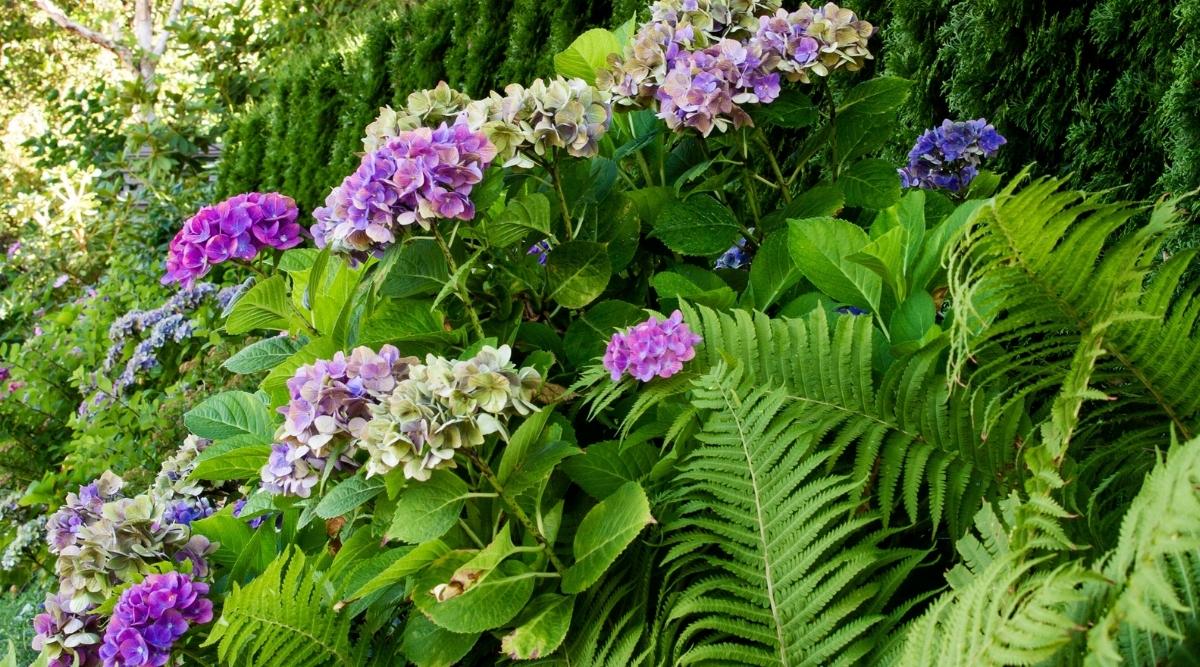
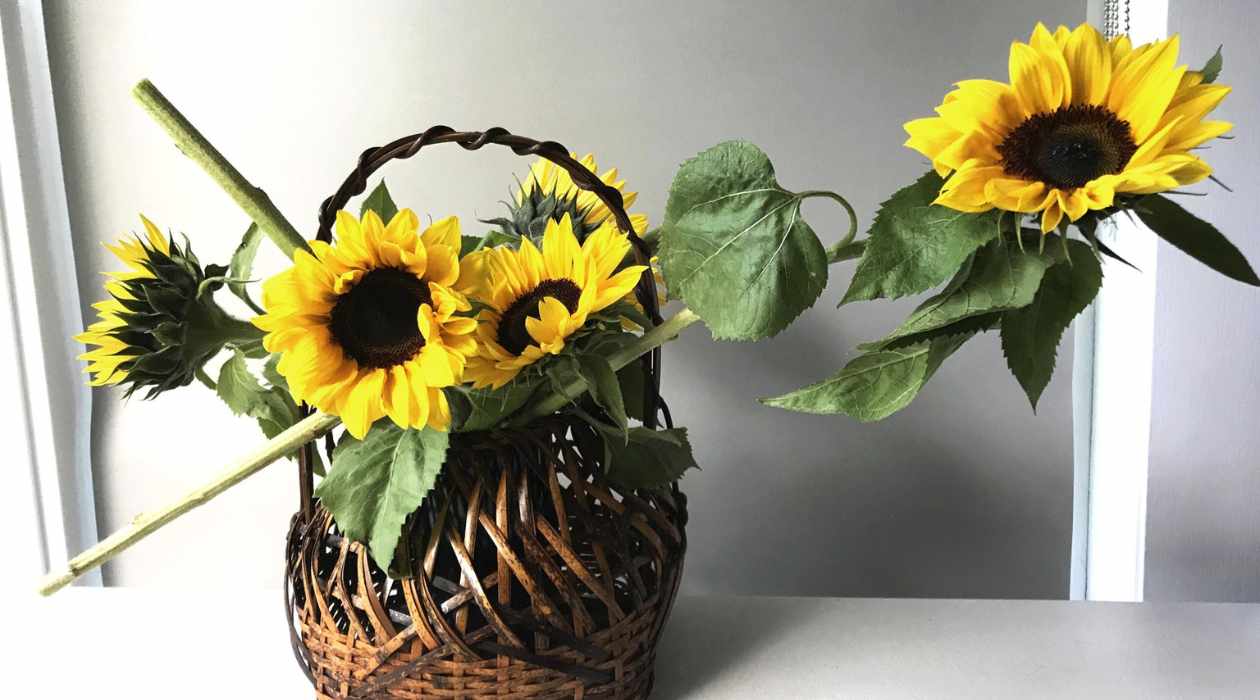
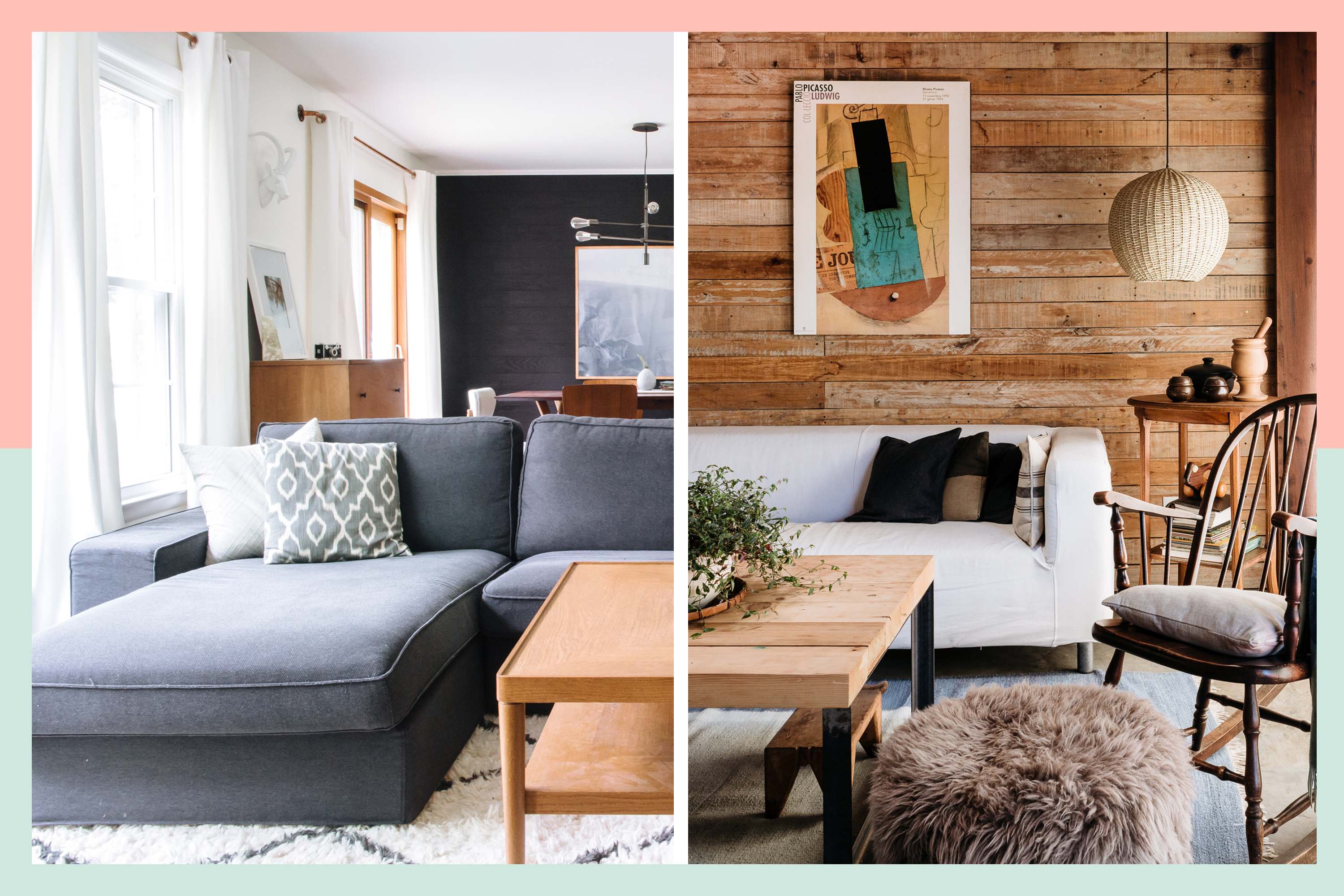
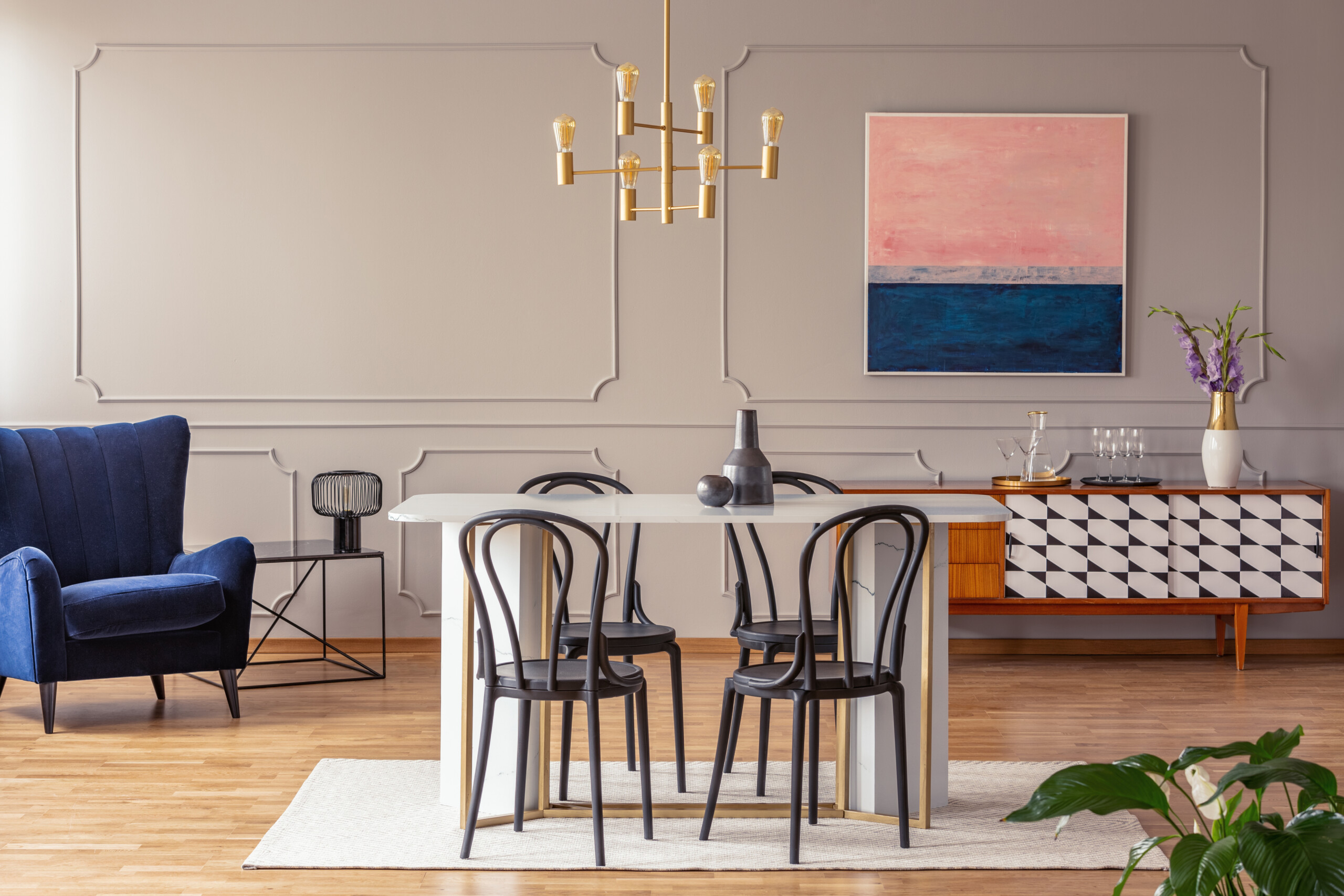
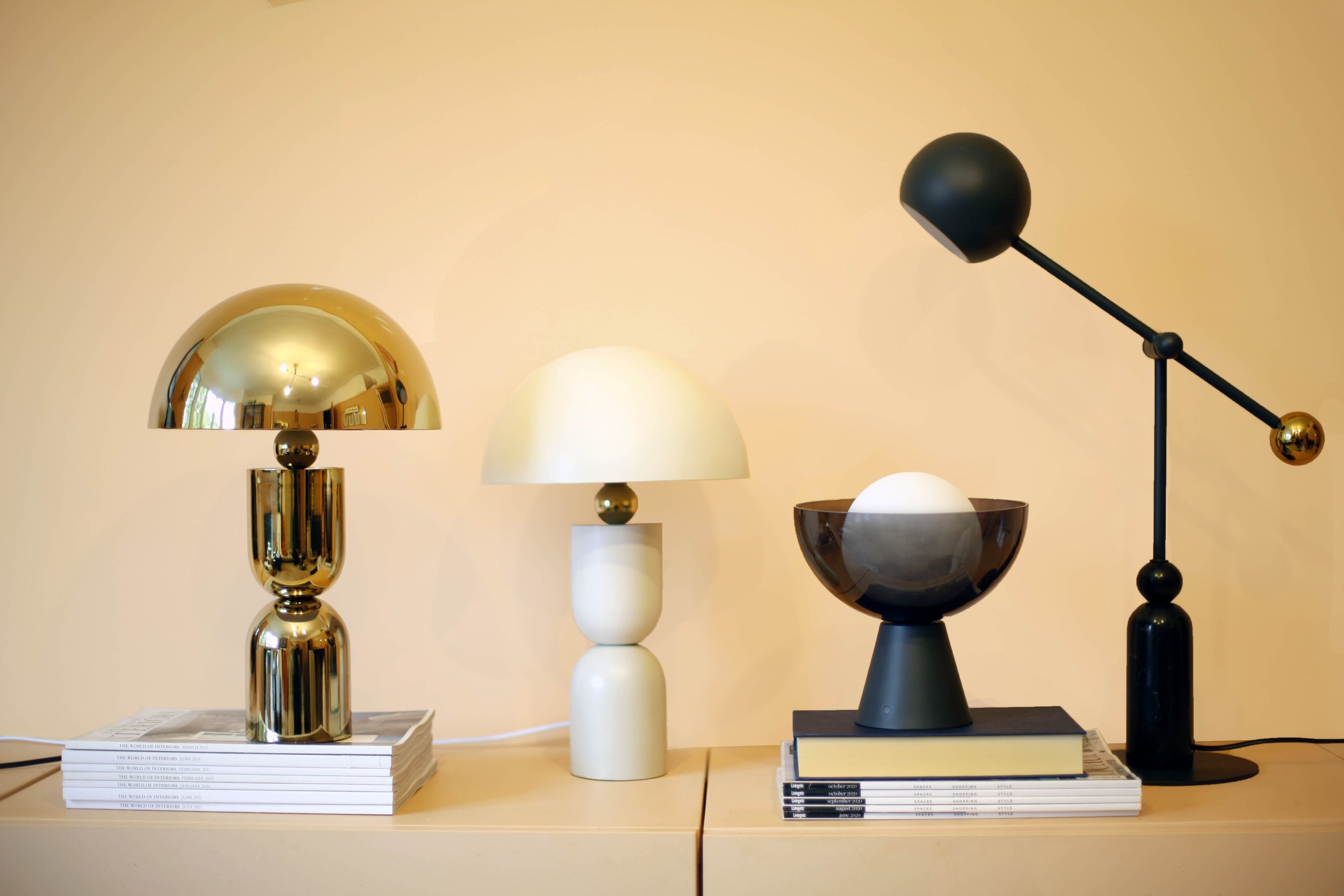
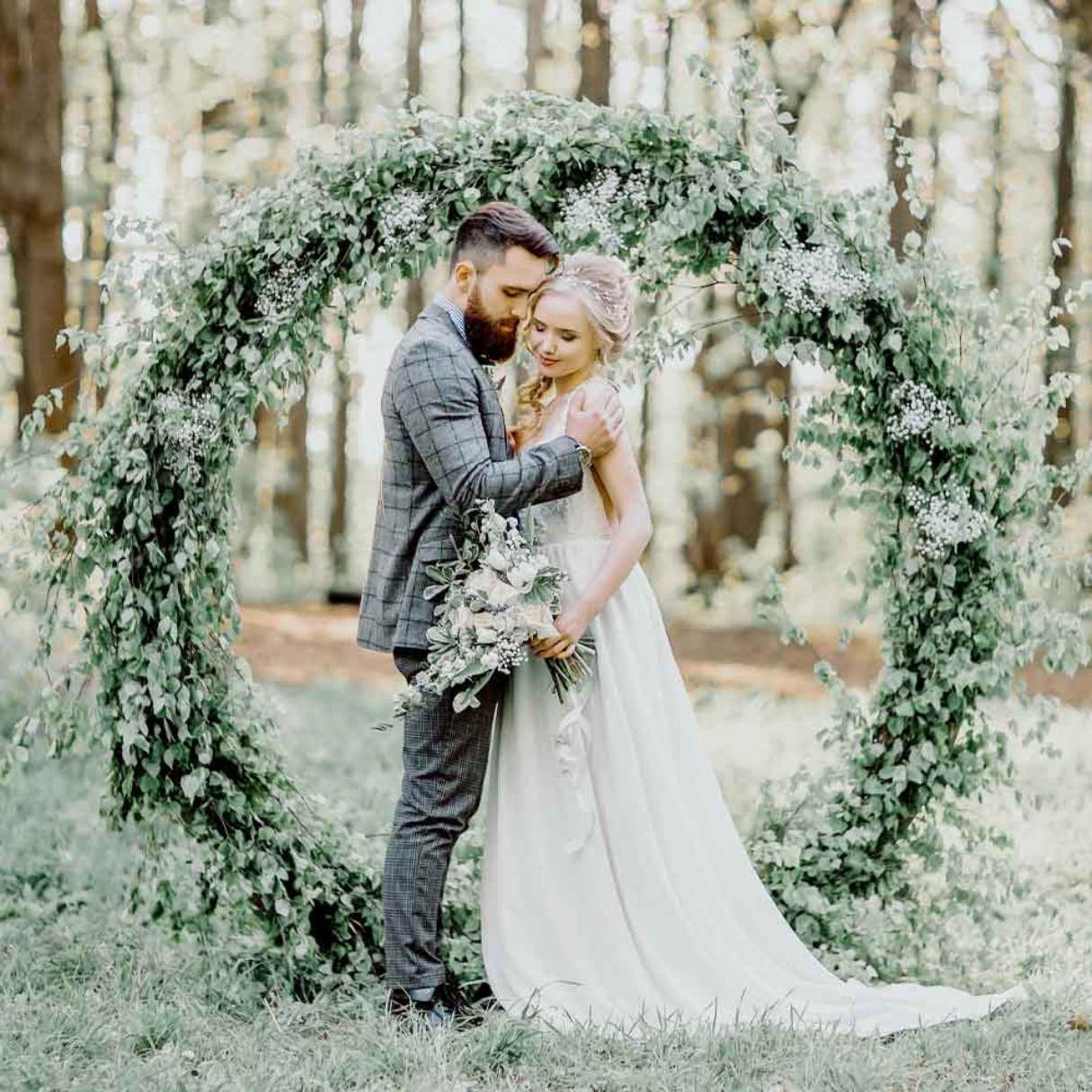
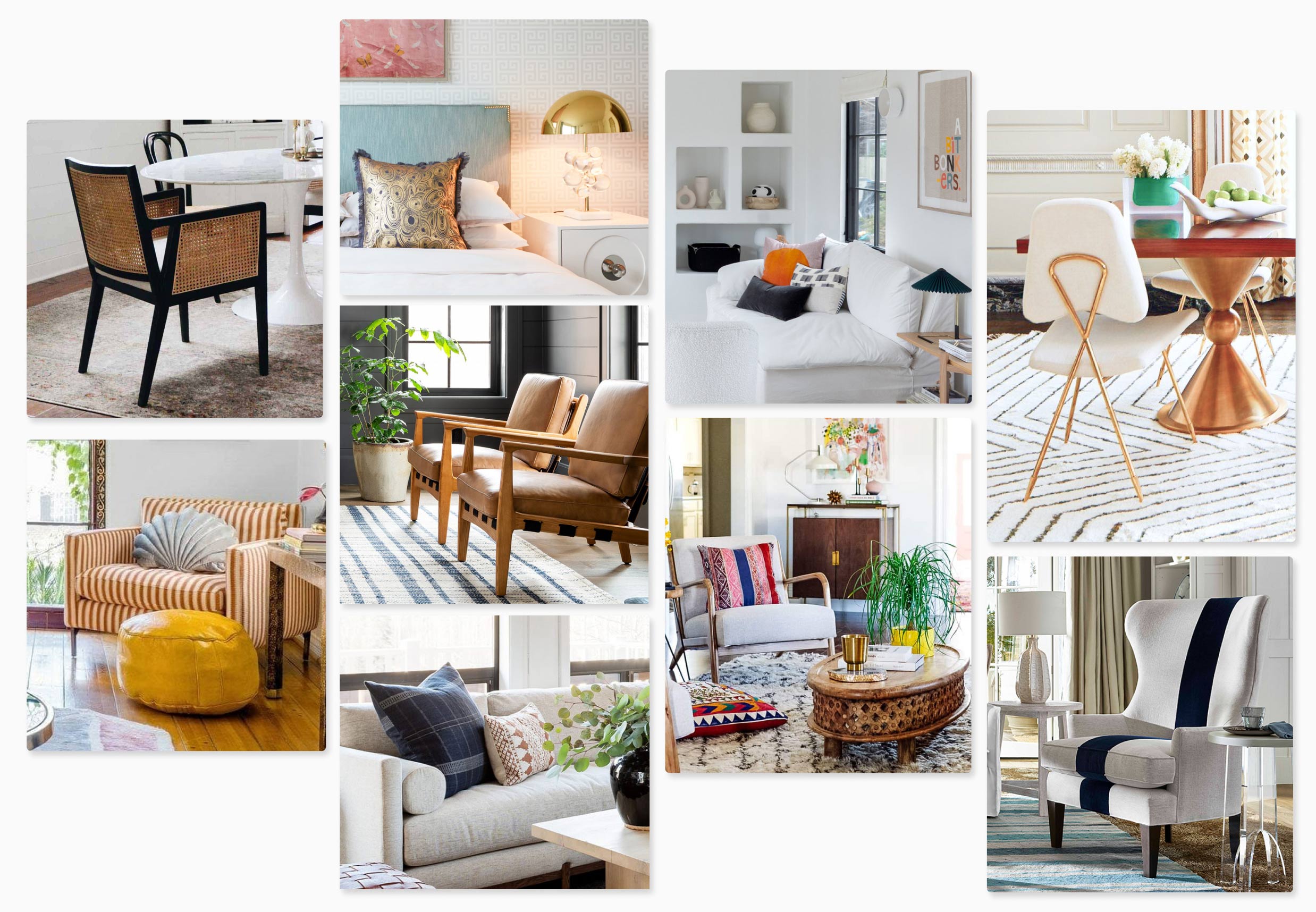
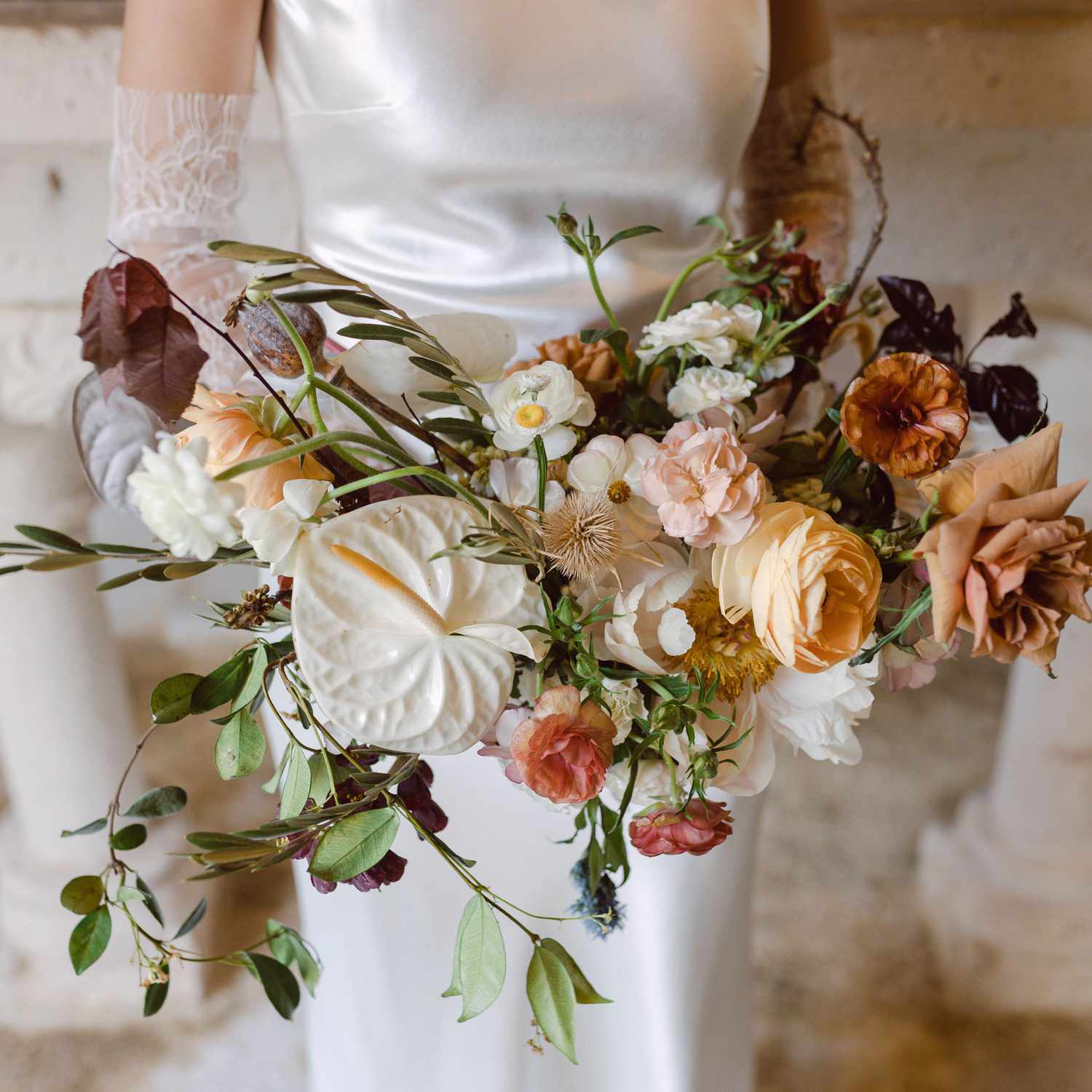
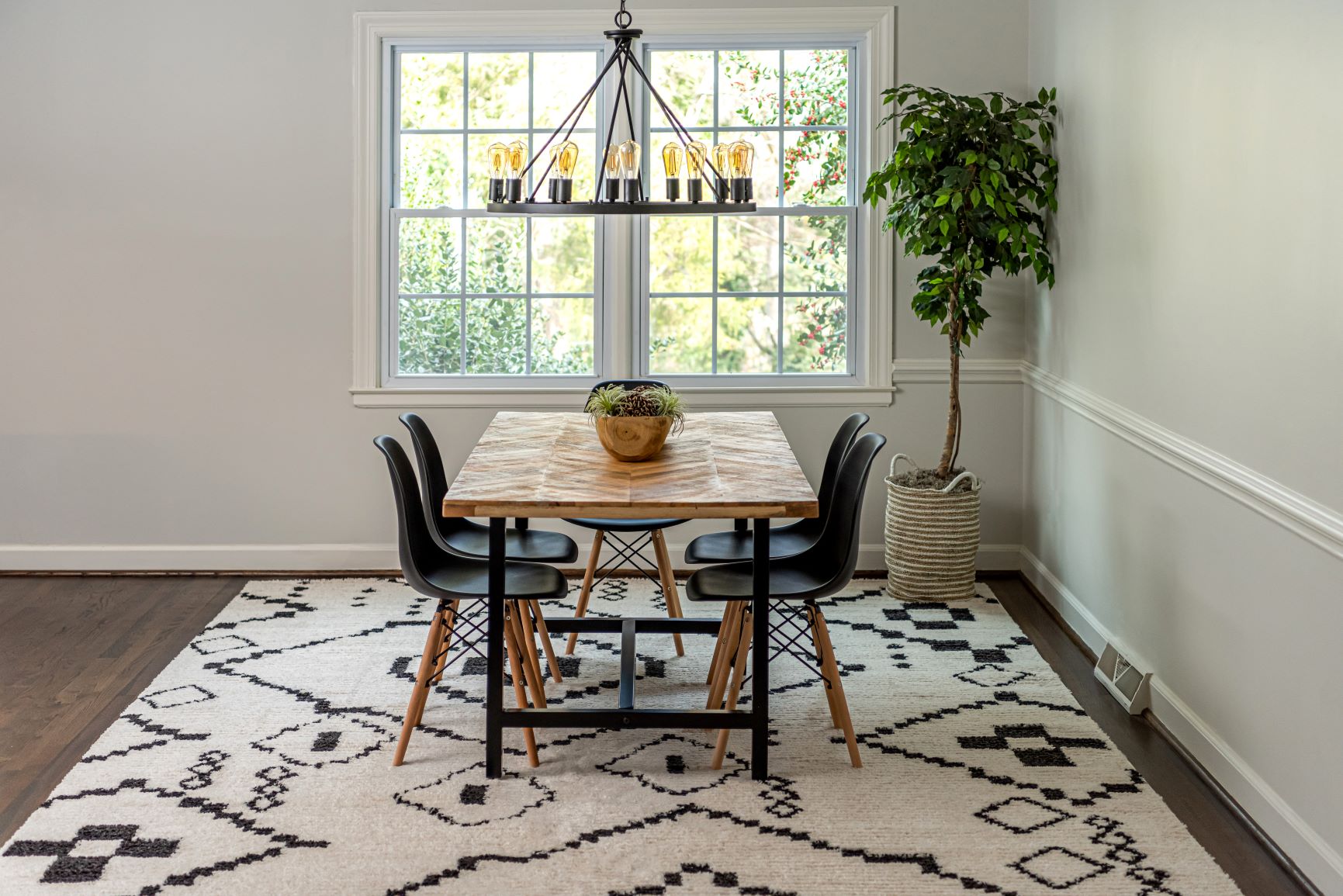
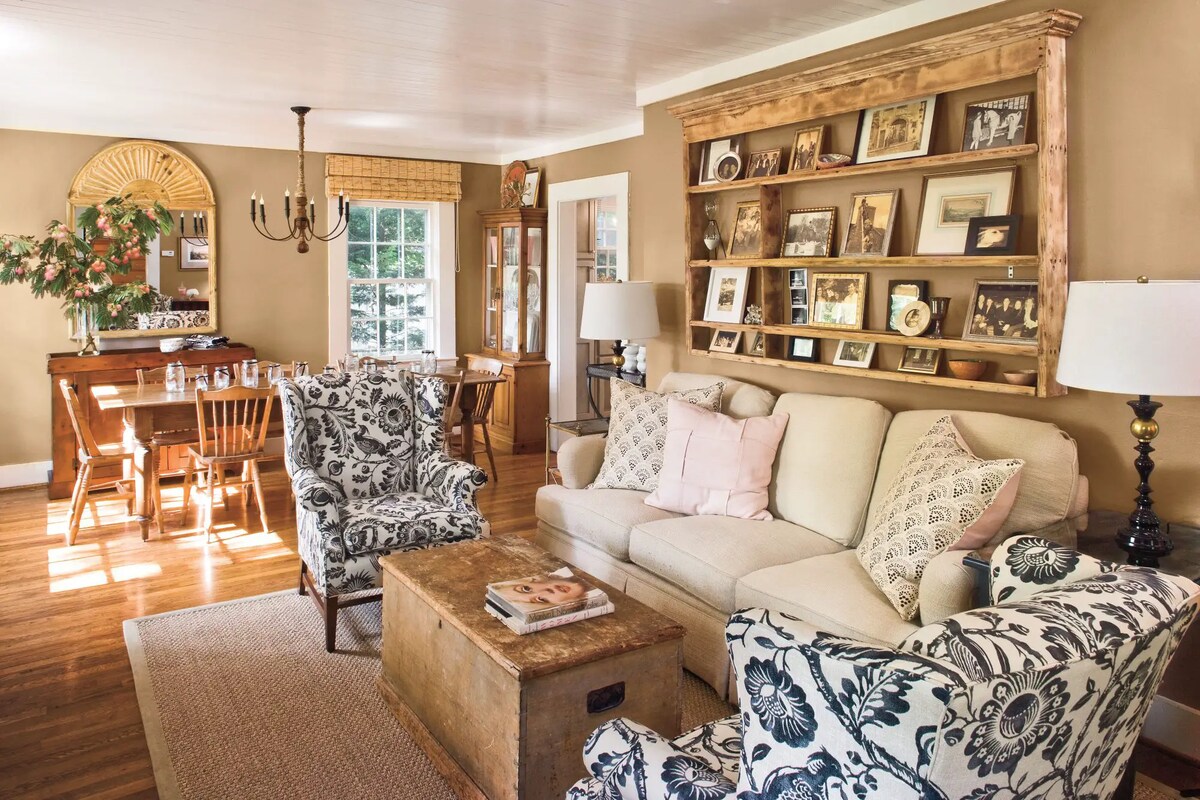
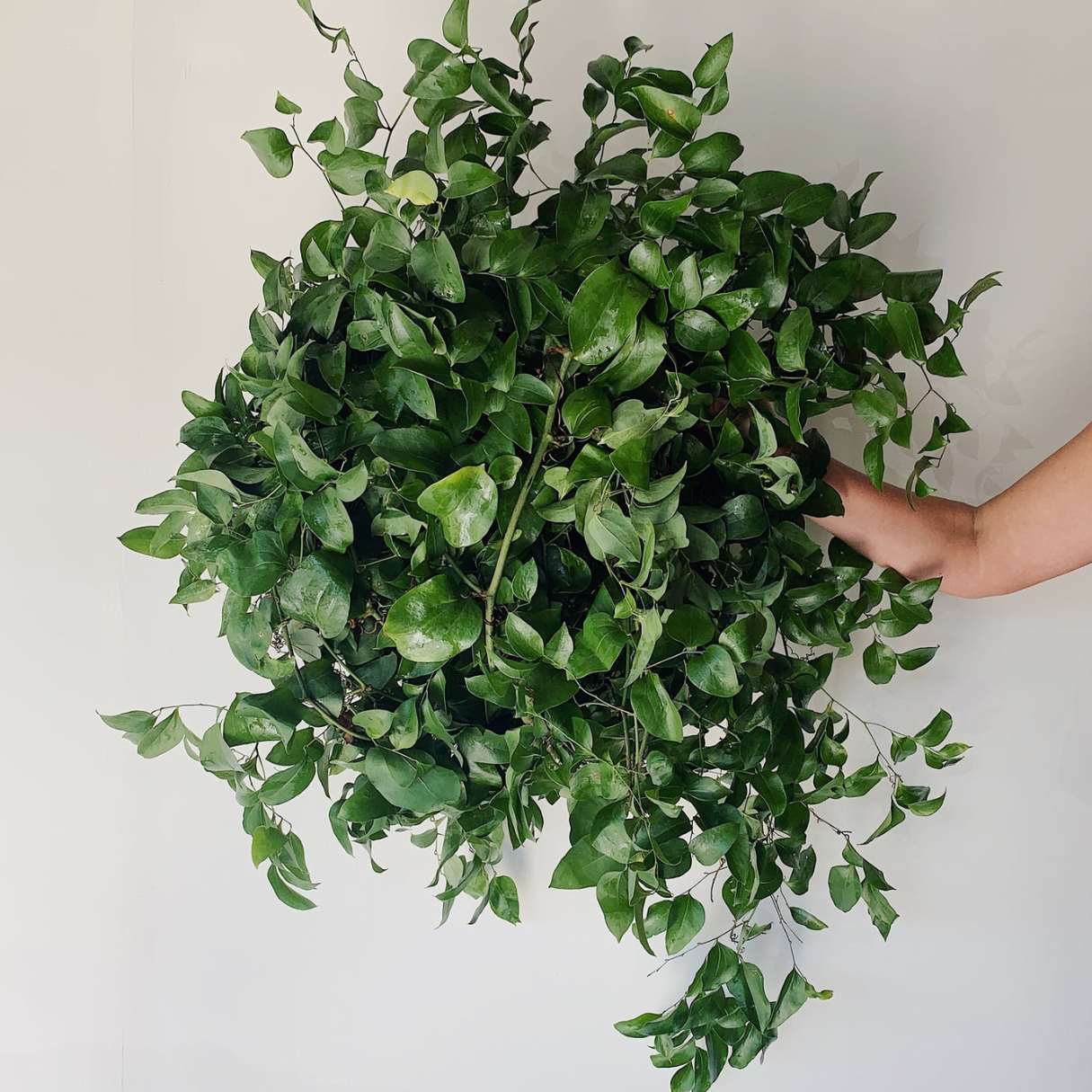
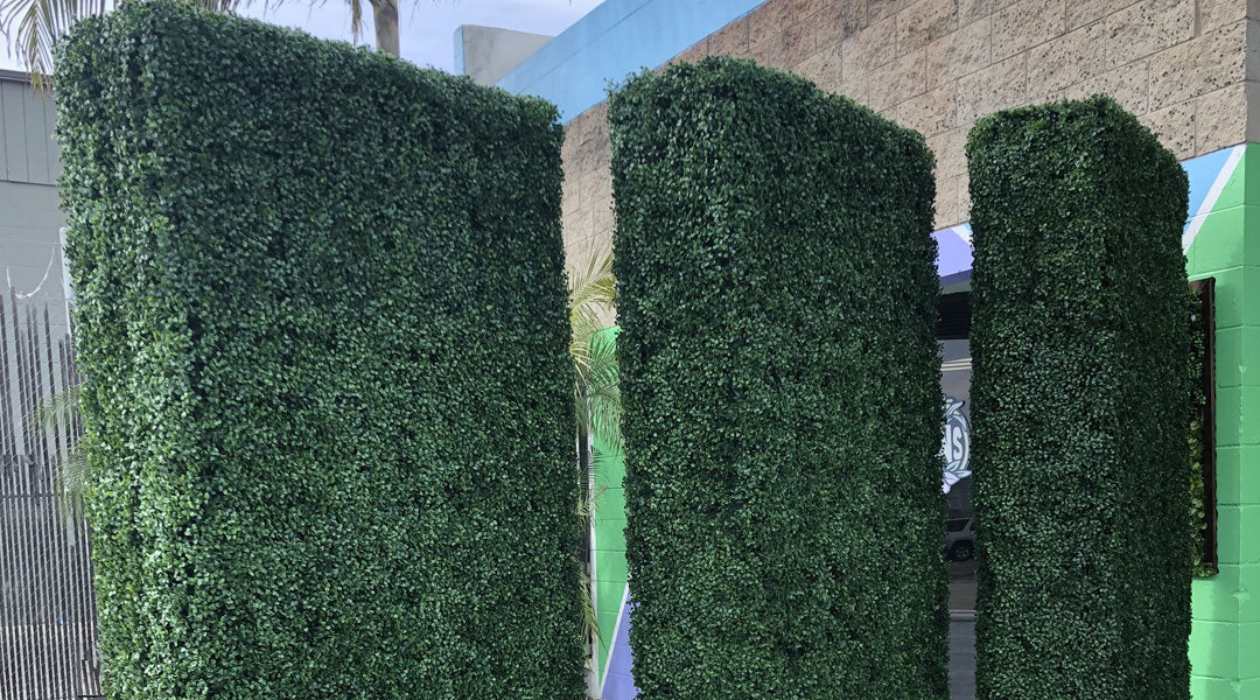

0 thoughts on “What Kind Of Interior Greenery Is In Style”